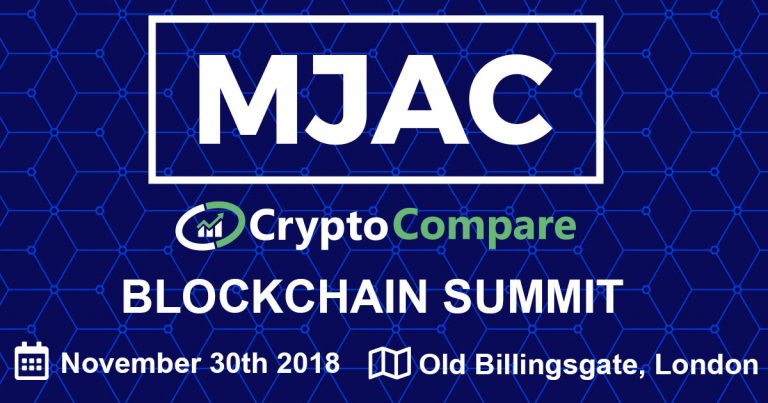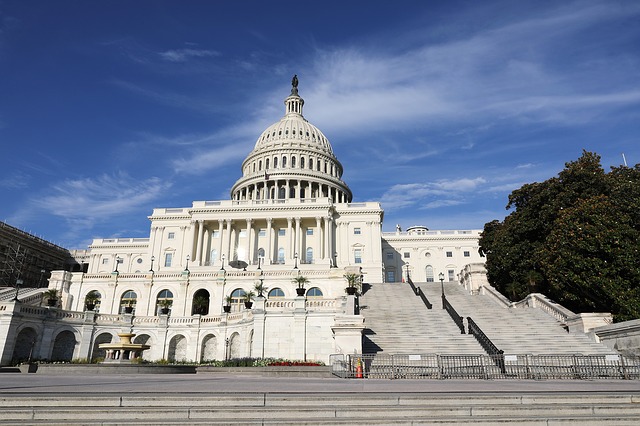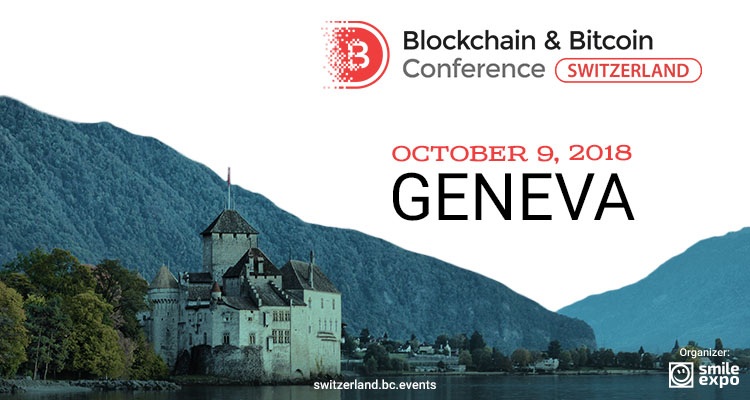2022-7-14 20:38 |
In spite of what has been a difficult downturn for the cryptocurrency market, blockchain gaming is proving its longevity for the future through projects showing clear resilience and emerging as new leaders in the space.
Axie Infinity (AXS), whose pet-themed trading blockchain game catapulted to notoriety during the economic shutdowns of 2020, has continued its painful descent over the weekend, with active users contracting to under 60k. As noted in an exhaustive Twitter (TWTR) thread covering Axie’s market shift, these numbers are in stark comparison to the 3 million player high at Axie’s impressive peak.
Axie’s revenue has also decreased from $17 million/week to $11,000/week, and only 10 new Axie holders are joining the community per day. The mint to burn ratio has also hit a critical point, with the Axie “breeding” market suffering as a result.
Splinterlands (SPS), the worldwide leading gaming Dapp, however, continues to onboard hundreds of users a day, bringing in steady revenue and growing its player base, even while many other Web 3.0 projects, like Axie, struggle. Active gameplay remains consistent, seeing anywhere from 250k-450k daily active users. Splinterlands continues to update key aspects of the platform, release new updates and interact with their community on a weekly basis, locking in their firm place in the number one spot of the blockchain gaming vertical and setting their sights on rivaling the mainstream gaming industry. Amongst the hundreds of thousands of daily active users, Splinterlands sees 3M-5M transactions per day and has 10-12M battles that are played daily. With their recent node sale, they saw an 11-minute sellout of their first tranche (2000 node licenses) and have burned or sent over 35 Million Splintershards (SPS) to their DAO.
In a time when all of Web 3.0 is being tested, Splinterlands is emerging as a clear winner in the gaming space.
Splinterlands CEO Jesse “Aggroed” Reich said that alongside their commitment to an engrossing game and thriving community, deflationary mechanisms and an organic economy based on the needs, wants, and input of its players has always been at the core of the platform.
These deliberate, built-in strengths have seen Splinterlands successfully navigate the storms of the cryptocurrency space–now, multiple times.
“We believe in decentralized gaming. It’s the future,” he said. “Splinterlands is playing a critical role in bringing this future about, showing in real-time how the challenges of the field can be overcome and how an incredible game can be enhanced and constantly improved by the possibilities of Web 3.0.”
“From the start,” he continued, “We have had in mind a lot of these economic elements that are now playing out: card pack deflation, differentiation between battle ranks, strategic staking, and node purchases available to anyone who wants to build the future of gaming with us. And we are seeing that these strategies, alongside our consistent player onboarding, are working, even through a devastating bear market.”
The economic questions surrounding decentralized gaming require thoughtful consideration as the challenges are worked out in a volatile industry–not so different from the Web 2.0 revolution of prior years–and Splinterlands seems to be offering this needed development both for its own game and on behalf of the whole new frontier of the GameFi industry.
Multiple elements to what Splinterlands is doing right stand out.First, for players, there is a constant draw. The game is built with a strong and engaging strategy, as well as a captivating storyline, graphics, and soundtrack; there is no GameFi without the game.
But from the economic side, there is also a substantive draw. Players will find they have continual, worthwhile opportunities to earn as they develop strategic prowess.
Like Axie, but without a similar economic downturn, the Splinterlands extended community has developed ample “guild” and scholarship systems via their buzzing Discord channel, available for players of all levels and economic contributions. These guilds are comprised of groups of players from the community, usually run by an account or several accounts with large aggregates of in-game assets. The assets are then delegated out for use by the members (known as “scholars”), who have the opportunity to play and earn at the higher levels. These groups benefit all directly involved, as well as the entire game’s economic ecosystem.
Many of the guilds are currently recruiting scholars, and new users can engage in these groups right away and find shared ways of progressing through Splinterlands.
Guilds are not absolute protection against a vicious bear market. Axie’s abundant guilds, which contributed significantly to their explosive success in 2020, have not been able to sustain the platform through the cryptocurrency market’s recent decline. However, paired with the extended network of mechanisms ordered toward a game’s longevity, guilds prove a powerful and consistent means of inspiring enthusiasm in new users and ongoing commitment to the game in its players of all levels.
Splinterlands has also been vigilant about its card releases, avoiding flooding the in-game market and building in effective deflationary mechanisms. Thus, no cards from previous sold-out collections have lost value when comparing their price today to their price at launch.
Splinterlands also continually offers tournament awards and weekly prizes, and recently announced the split between its “Modern” and “Wild” battle formats, allowing for a more even match between players of different levels of skill and card ownership, as well as the resultant doubled available earnings for all players as the reward pools were doubled in size.
GameFi capitalists are also flocking to Splinterlands at a steady rate, bringing in even more continual value to the platform. With the game’s elaborate staking system and detailed roadmap, investor confidence is steady and growing.
There are a number of creative ways for organizations to get involved in the Splinterlands ecosystem, including the purchase of card packs and, especially now, nodes. Both are available at an opportune time for those purchasing with the in-game currency of Dark Energy Crystals (DEC), with card packs sometimes hovering under just $4 per pack.
As weaker projects continue to feel the pressure of the bear market, and Splinterlands continues to thrive, investors are seeing the game as a clear Web 3.0 growth opportunity. Earlier this year, Balthazar, who was backed by Side Door Ventures, was seen streaming a $1 Million USD pack opening worth of Splinterlands assets.
The struggle of the cryptocurrency space continues, and the fundamentals of blockchain projects are proving critical to survival perhaps more than ever before.
But in spite of the “Wild West” that is blockchain technological development, Splinterlands is proving itself as the de facto leader of GameFi, succeeding in the midst of a sea of downturn and setting the stage for Web 3.0’s place in the gaming industry for years to come.
Image by Pexels from Pixabay origin »
High Performance Blockchain (HPB) íà Currencies.ru
|
|


























